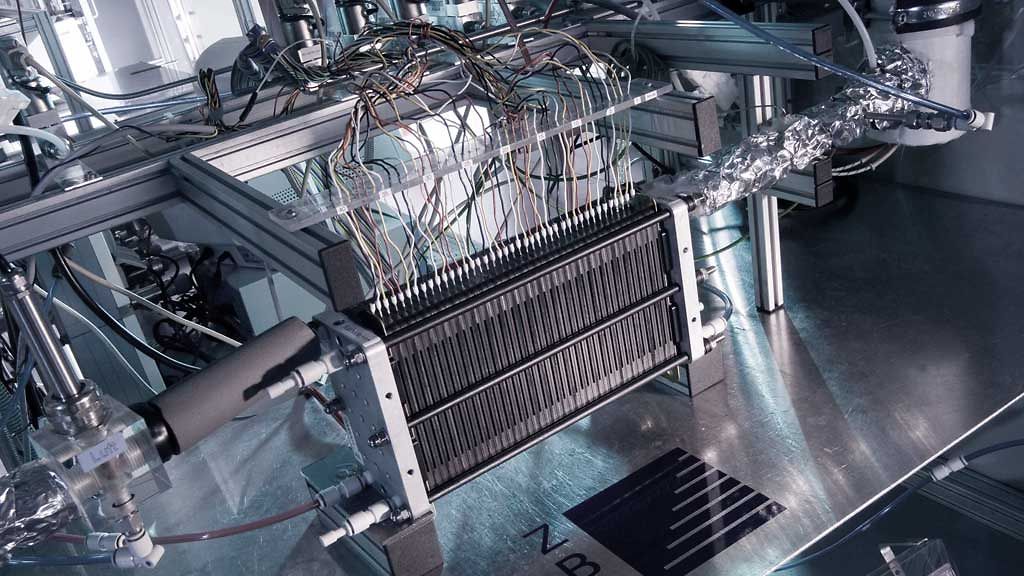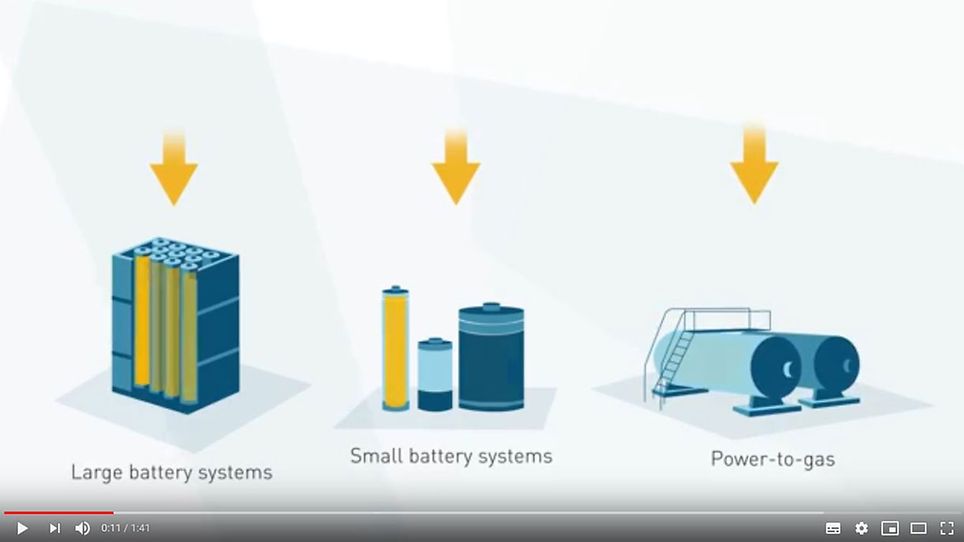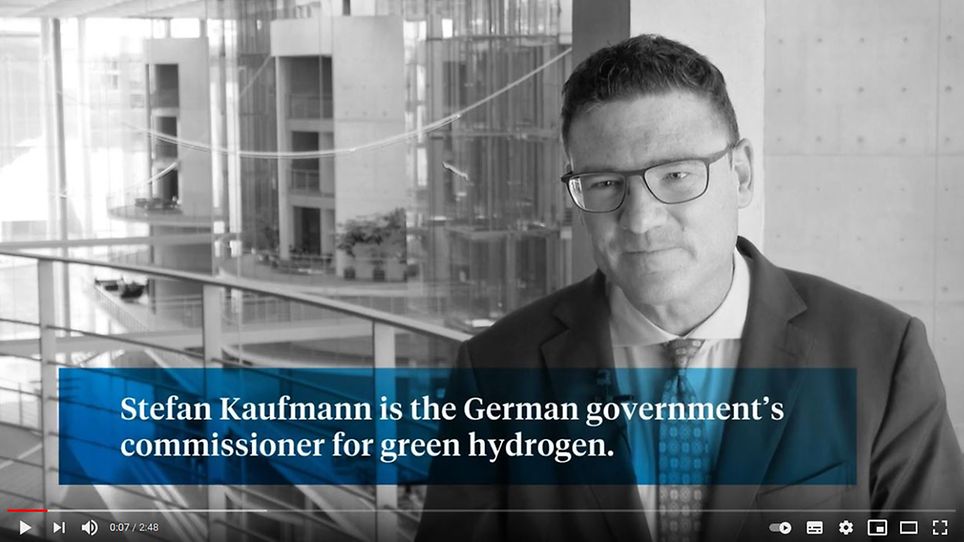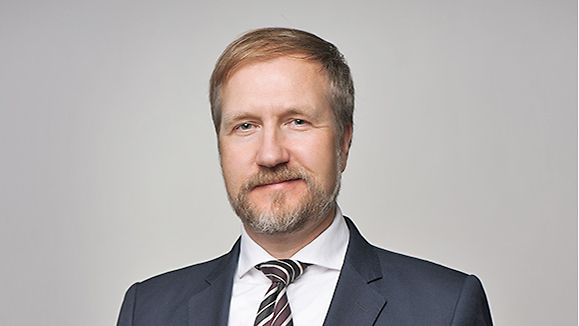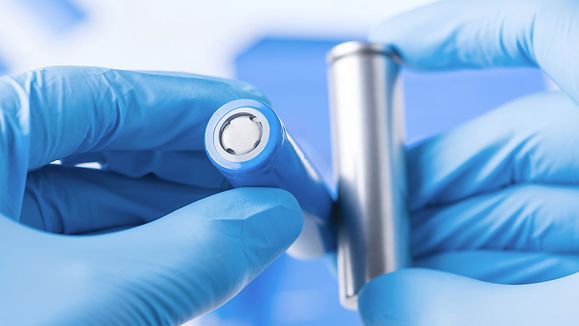As one of the world’s leading industrial nations, Germany bears a special responsibility in taking decisive action to counter global climate change. Meeting the goals of the new Climate Change Act is an enormous challenge that requires immediate action in all sectors.
Biggest industries commit to decarbonization
The industrial sector is responsible for almost one quarter of all greenhouse gas emissions in Germany. Energy-and raw material intensive sectors – like the steel and chemicals industries – are taking important steps to decarbonize their production and the downstream value chain by 2050.
Steel and chemicals are the backbone of industrial production. The two industries - in the "hard to abate" sector - are moving to hydrogen. Between 90 TWh and 130 TWh of hydrogen will be required by 2030. Germany is Europe’s leading chemical industry market and one of a few countries worldwide where the entire value chain – from basic chemicals to specialty chemicals – is present. It is also Europe’s leading steel production market and services Europe's densest automotive OEM landscape.
High hydrogen investment to meet high demand
The German government assumes that between 90 TWh and 110 TWh of hydrogen will be needed. Higher demand, subject to how quickly the use of hydrogen in industry, energy and mobility sectors is adopted, is to be expected after 2030. Demand for green hydrogen could increase massively, with forecasts ranging from 400 TWh to 800 TWh by 2050.
| In the chemicals sector alone, investments of up to EUR 45 billion are expected between 2020 and 2050. Most of this will be made by 2040, while investments of EUR 30 billion are expected in the steel industry by 2050. |
Thanks to hydrogen and new processes (including CCSU) many chemical products and hydrogen derivates could be produced without emitting C02. There is a large market in Germany as the country seeks to be climate neutral by 2045. The first client sector is the chemical industry, which uses most of the 55 TWh of hydrogen consumed annually to produce ammonia (2.4 million tons annually). The domestic steel industry will also become an important consumer of this decarbonized raw material in order to produce 42 million tons of crude steel annually.
For this to happen, investments of up to EUR 45 billions are expected in the chemical sector alone between 2020 and 2050. Most of this investment will be made by 2040. Investment of EUR 30 billion is expected in the steel industry by 2050.
Hydrogen opportunities along the entire value chain
Hydrogen technology – and its use for industrial production – provides many opportunities for international investors as the entire value chain is located in Germany. This covers everything from hydrogen technology to the production of a wide variety of end products in the steel, chemical and petrochemical industries.
National Hydrogen Strategy
The National Hydrogen Strategy provides an action framework for the future production, transportation and use of hydrogen and related technologies and investments. The current government has doubled the original National Hydrogen Strategy hydrogen electrolyser target to 10 GW by 2030.
The development of the national market for hydrogen and its derivatives will be achieved through a massive expansion of the domestic production of renewable energies – in particular offshore wind energy – and the creation of international partnerships.
The National Hydrogen Strategy envisages a coherent transition to hydrogen for industry as well as the mobility market. This includes importing hydrogen from abroad and installing up to 10 GW of electrolyser capacity by 2030. The National Hydrogen Strategy foresees a raft of funding measures including IPCEIs (strategic European projects involving German and European companies), federal programs (Hyland, Reallabore) and the development and implementation of compensation mechanisms (e.g. Carbon Contracts for Difference – CCfDs), which will be the starting points for the country's hydrogen economy.
Federal states turn to hydrogen
There are also many initiatives at the regional level. For example, federal states in northern Germany have a strategic plan to convert their industries to hydrogen and see potential for the establishment of new industries or new parts of the industrial value chain.
The production of onshore wind and offshore wind energy already plays a major role and will continue to be supported by government measures. Other factors relevant to investment at the regional level are storage capacities, the planning of a hydrogen pipeline network, connections to neighboring countries, and landing “hubs” for importing hydrogen and its derivatives.
Please contact us to find out more. Our industry experts look forward to answering your questions.
